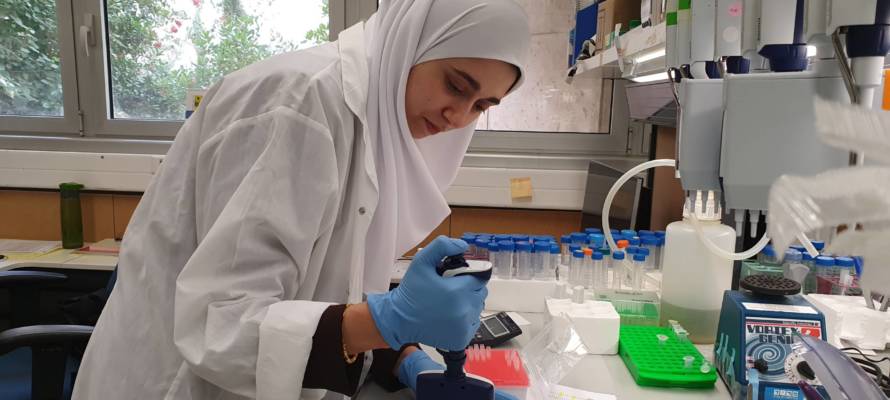Researchers at Hebrew University developed a new blood test with the potential to diagnose a wide array of diseases.
By Yakir Benzion, United With Israel
Getting seriously sick is never fun and often very complicated when invasive tests are required, but an Israeli research team has developed a new blood test has the potential to diagnose a wide array of diseases – including cancers, liver diseases, immune disorders and other illnesses – without the need for painful and sometimes dangerous biopsies.
Using advanced techniques that track the DNA from different parts of the body, the test has proven to be extremely accurate with the ability to report on the exact state and location of the disease in the body.
“In diagnostic medicine, biopsies, where a sample of tissue is extracted for analysis, is a common tool for the detection of many conditions,” the announcement from the Hebrew University of Jerusalem said. “But this approach has several drawbacks – it can be painful, doesn’t always extract the diseased tissue, and can only be used in a sufficiently advanced disease stage, making it, in some cases, too late for intervention. These concerns have encouraged researchers to find less invasive and more accurate options for diagnoses.”
Professor Nir Friedman and Dr. Ronen Sadeh led a team of 31 researchers who recently published their findings in the scientific journal Nature Biotechnology that shows how a wide range of diseases can be detected through a simple blood test.
The test allows lab technicians to identify and determine the state of the dead cells throughout the body and thus diagnose various diseases, including cancers and diseases of the heart and liver. The test is even able to identify specific markers that may differ between patients suffering from the same types of tumorous growths, a feature that has the potential to help physicians develop personalized treatments for individual patients.
How did they do it? As part of the natural process In our bodies, every day millions of cells die and are replaced by new cells. When cells die, their DNA is fragmented and some of these DNA fragments reach the blood and can be detected by DNA-sequencing methods. The dead cells contain a unique chemical code that can tell us the identity of the cell and even the biological and pathological processes that are going on within it as well as revealing abnormal cell activity.
The researchers devised a process to precisely read this information from DNA in the blood and use it to determine the nature of the disease or tumor, its exact location in the body, and even how far it has developed.
“As a result of these scientific advancements, we understood that if this information is maintained within the DNA structure in the blood, we could use that data to determine the tissue source of dead cells and the genes that were active in those very cells. Based on those findings, we can uncover key details about the patient’s health,” Professor Friedman explained. “We are able to better understand why the cells died, whether it’s an infection or cancer and based on that be better positioned to determine how the disease is developing.”
Along with the clear diagnostic benefits of this process, the test is also non-invasive and far less expensive than traditional biopsies.
“We hope that this approach will allow for earlier diagnosis of disease and help physicians to treat patients more effectively,” said Dr. Ronen Sadeh. “Recognizing the potential of this approach…can be so beneficial for diagnostic and therapeutic purposes,” he said, adding that a commercial venture has been set up in partnership with major pharmaceutical companies to run clinical tests “with the goal of making this innovative approach available to patients.”
